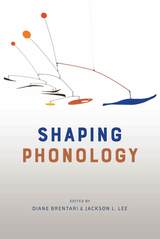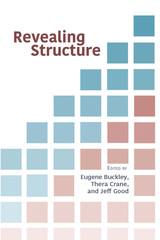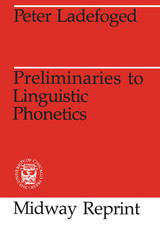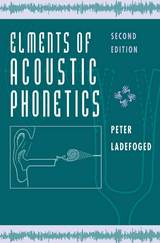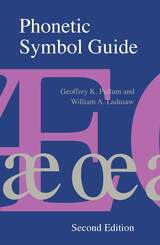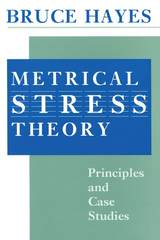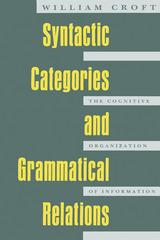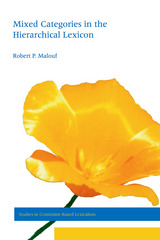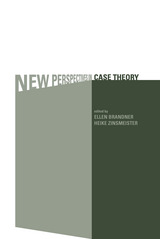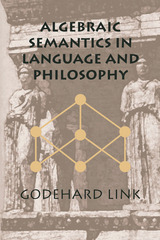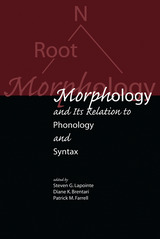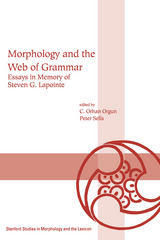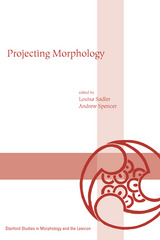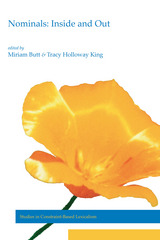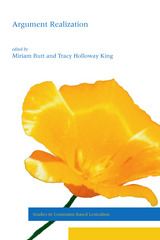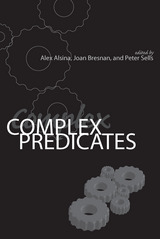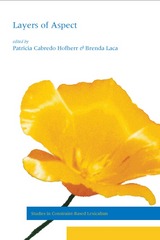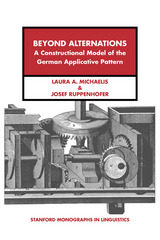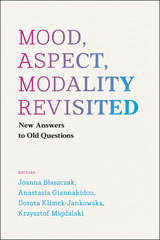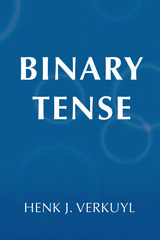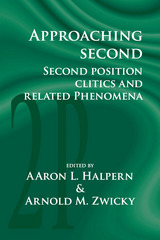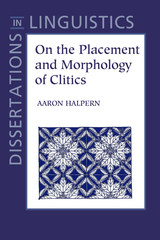Deconstructing Morphology: Word Formation in Syntactic Theory
University of Chicago Press, 1992
Cloth: 978-0-226-48062-6 | Paper: 978-0-226-48063-3
Library of Congress Classification P241.L53 1992
Dewey Decimal Classification 415
Cloth: 978-0-226-48062-6 | Paper: 978-0-226-48063-3
Library of Congress Classification P241.L53 1992
Dewey Decimal Classification 415
ABOUT THIS BOOK | TOC
ABOUT THIS BOOK
One of the major contributions to theoretical linguistics during the twentieth century has been an advancement of our understanding that the information-bearing units which make up human language are organized on a hierarchy of levels. It has been an overarching goal of research since the 1930s to determine the precise nature of those levels and what principles guide interactions among them.
Linguists have typically posited phonological, morphological, and syntactic levels, each with its own distinct vocabulary and organizing principles, but in Deconstructing Morphology Rochelle Lieber persuasively challenges the existence of a morphological level of language. Her argument, that rules and vocabulary claimed to belong to the morphological level in fact belong to the levels of syntax and phonology, follows the work of Sproat, Toman, and others. Her study, however, is the first to draw jointly on Chomsky's Government-Binding Theory of syntax and on recent research in phonology.
Ranging broadly over data from many languages—including Tagalog, English, French, and Dutch—Deconstructing Morphology addresses key questions in current morphological and phonological research and provides an innovative view of the overall architecture of grammar.
Linguists have typically posited phonological, morphological, and syntactic levels, each with its own distinct vocabulary and organizing principles, but in Deconstructing Morphology Rochelle Lieber persuasively challenges the existence of a morphological level of language. Her argument, that rules and vocabulary claimed to belong to the morphological level in fact belong to the levels of syntax and phonology, follows the work of Sproat, Toman, and others. Her study, however, is the first to draw jointly on Chomsky's Government-Binding Theory of syntax and on recent research in phonology.
Ranging broadly over data from many languages—including Tagalog, English, French, and Dutch—Deconstructing Morphology addresses key questions in current morphological and phonological research and provides an innovative view of the overall architecture of grammar.
See other books on: Government-binding theory (Linguistics) | Grammar & Punctuation | Morphology | Syntactic Theory | Syntax
See other titles from University of Chicago Press

